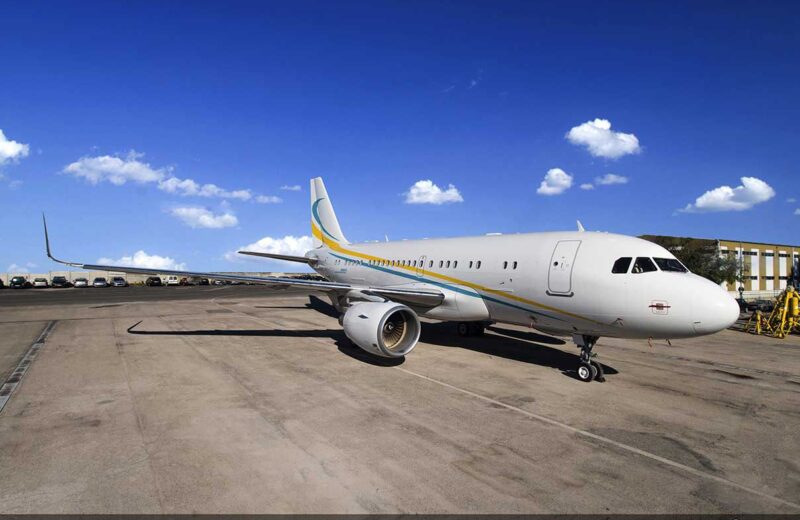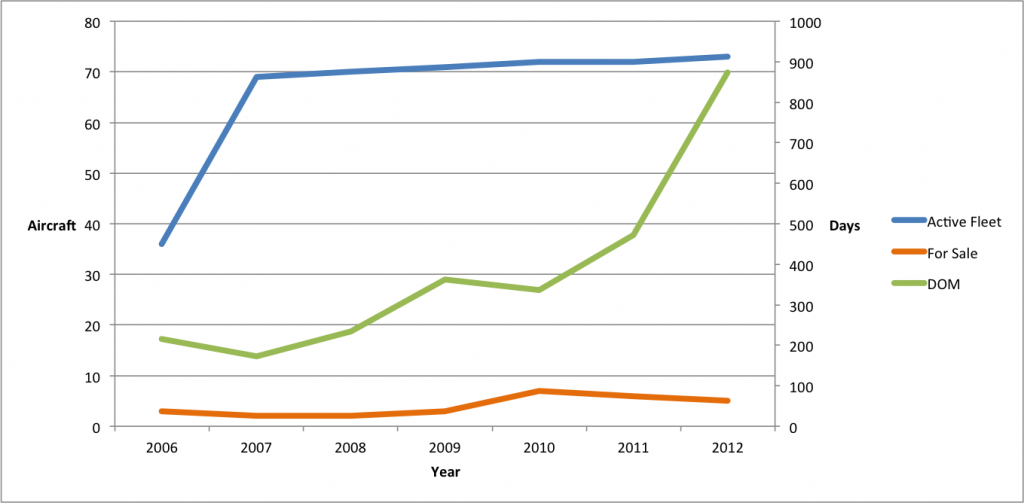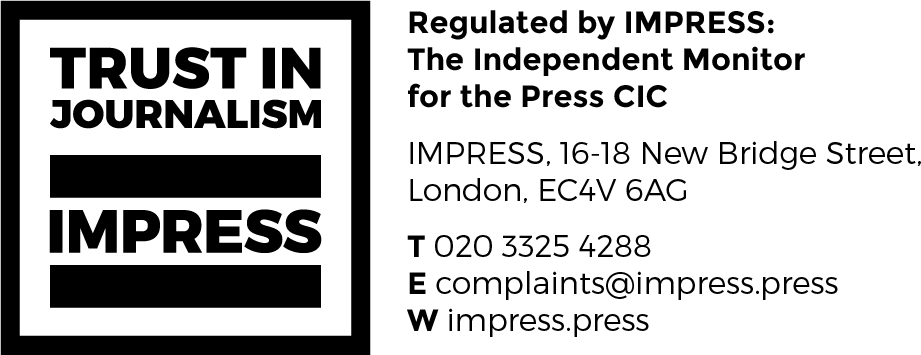Airbus ACJ319: Buyer’s and Investor’s Guide

A buyer’s guide to the Airbus ACJ319 business jet.
Pros
It is all about the cabin. Passengers get to travel in ultimate luxury and comfort. ACJs also depreciate well and have similar operating costs to large cabin business jets. The aircraft is extremely reliable but if you need maintenance pretty much every significant airport in the world has maintenance capability to work on an ACJ.
Cons
It costs a lot to buy and convert one – and conversion slots are limited. Historically operating one has been slightly more complicated (you have need to carry an engineer for daily checks) but this is changing.
More Airbus guides:
_________________________________________________________________________________________________________
Flying
The ACJ319 has a maximum range of 5,939nm, far enough to fly from New York to Doha, Hong Kong to Seattle or Los Angeles to Auckland non-stop.
A service ceiling of 41,000ft means the ACJ319 can’t fly above all bad weather – unsurprising due to its airframe shared with Airbus’s passenger jets – but its range allows it to fly round.
The take-off distance (1,850m) and landing distance mean that the ACJ cannot fly into some smaller airfields.
A maximum operating speed of Mach 0.82 is respectable for a bizliner, and it ensures passengers get to their destination quickly – but you do not buy an ACJ for its speed.
Travelling
What you do buy an ACJ for is its cabin.
Measuring at 78ft 4in long, 12ft 1in wide and 7ft 4in high, the cabin is truly spacious and provides ample space for passengers.
A typical VIP configuration will seat around 8 passengers, according to Airbus. High-density cabins typically have capacity for 19 passengers.
Interior features can include showers, dining rooms, offices, a lounge and a master bedroom – all split into different cabin zones. High-end entertainment systems and wet galleys are also normal for such aircraft. However, this is all dependant on what the owner wants.

Image: Airbus
Like any bizliner, Airbus will deliver a ‘green’ aircraft to the customer, meaning the aircraft needs to go to a completion centre to get an interior designed and fitted.
Fitting an interior is not cheap, and refurbishing an ACJ319 will cost around $10-30 million (on top of the aircraft’s purchase price).
Owning
The ACJ319(CEO) was built between 1999 and 2015. ACJ aircraft follow the same production as Airbus’s commercial lineup and, as such, the new engine option (NEO) versions have replaced in their production. ACJs only take up a few production slots per year, so it is unlikely that the NEO variant will put downward pressure on the prices of older ACJs, at least for a while.
Some 74 ACJ319s were produced, making it the most-popular ACJ aircraft. The majority of these are based in Western Europe, Asia and the Middle East. This is unsurprising considering the status symbol that a VVIP aircraft would bring in these areas. These regions are the real focuses of the bizliner, with significantly fewer numbers of VVIP aircraft being registered within North America.
VVIP aircraft appeal to governments and heads of state due to their ability to carry guests, staffers and any equipment needed on a trip. The ACJ319 is no different, with the governments of the Ivory Coast, Italy, Slovakia, Malaysia and Turkey all owning the aircraft. Such aircraft will be equipped with a high-density cabin configuration.
Other ACJ319s are privately owned or are available to charter from Acropolis Aviation of Comlux. Charter prices for an ACJ319 are around $16,000 per hour.

Due to their limited demand, VVIP jets traditionally spend a long time on the market.
An ACJ319 will cost $5,287 in variable costs per flight hour, assuming a fuel price of $4.30/gallon. Compare this to the G650ER and variable costs are only $1,401 more per hour. Although slightly more expensive, the ACJ allows you to fly further and carry more passengers.
Fixed costs including insurance, crew salaries, training and maintenance tracking will cost $718,526 per year. Flight-crew salaries make up $308,000 of this cost.
________________________________________________________________________________________________________
Hard Facts
Maximum range: 6,834miles/ 11,000km /5,939nm
Maximum speed: 629mph/1,012kmh/Mach 0.82
Typical passengers: 8-19
Typical crew: 4
List price for new aircraft: $92.3 million (Excluding interior costs)
Pre-owned price: $20-45 million








